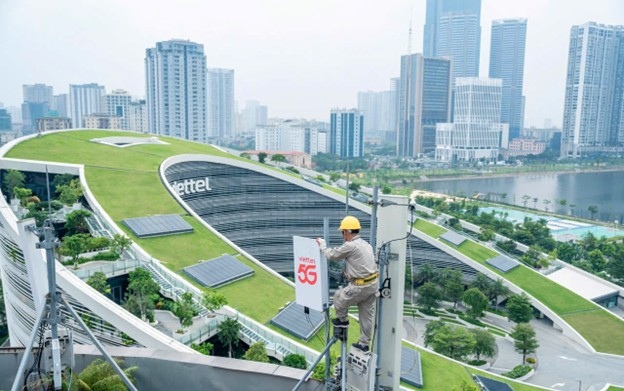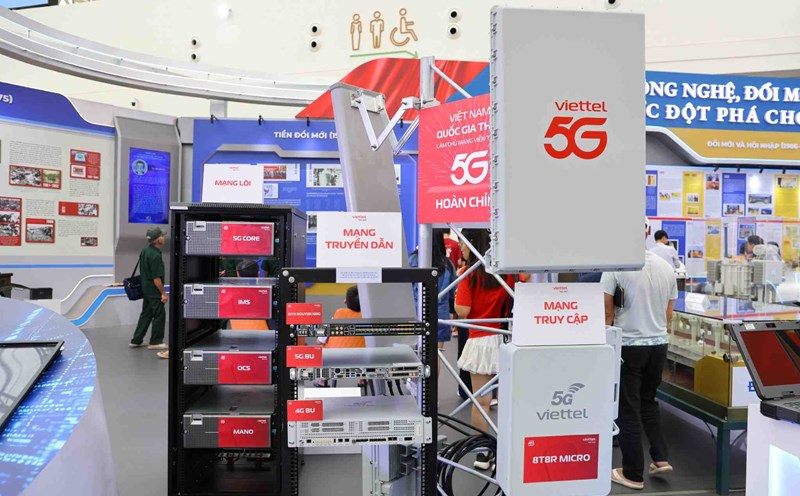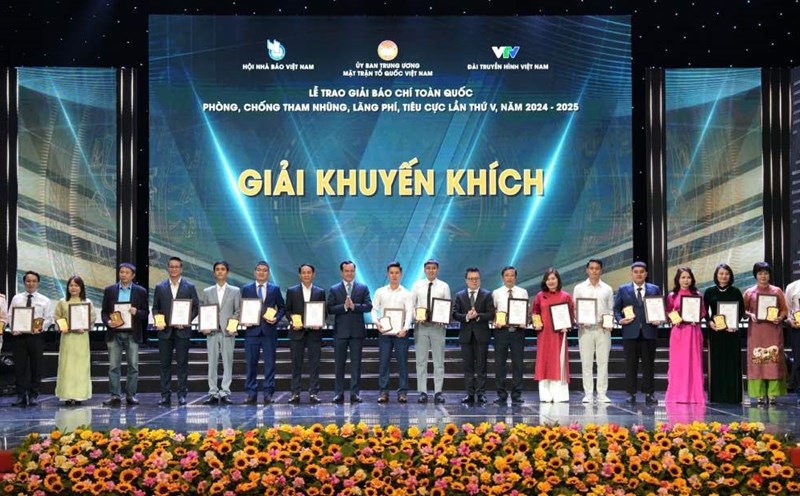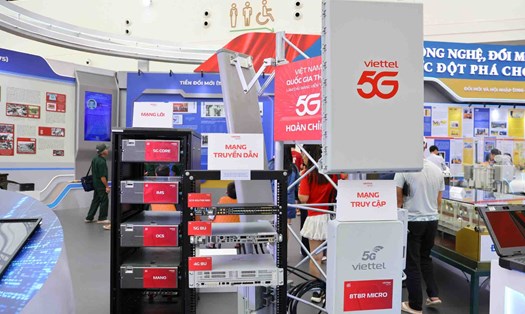Technically, 5G SA (Standalone - independent) refers to complete 5G networks from core networks to radio broadcasting devices. Meanwhile, the 5G NSA ( Non-standalone) network is deployed on the existing 4G core network platform, adding only the 5G radio broadcasting component.

For popular users, the main demand is high-speed Internet connection, the difference between these two technologies is almost difficult to see. However, for applications that require extremely low latency or the ability to connect millions of devices at the same time, 5G SA becomes the key to opening up a completely new application space.
5G SA Viettel: The key to opening the door to smart industry
Images of autonomous vehicles, factories, smart houses, urban monitoring systems or remote surgery have been considered symbols of technology. In fact, each application has different connectivity needs. Self-driving cars require extremely accurate data with super low latency in high-speed driving conditions. Smart factories need to manage millions of devices and communicate continuously. Environmental monitoring and sensing devices and land only need low connection speed but save energy. Online surgeons need an ultra-high-speed transmission line for clear vision with an immediate response level to remotely control the surgical knife.
That need cannot be completely solved by 5G-powered telecommunications networks. Viettel representative said: The 5G NSA network has made progress in data transmission speed, but not enough to meet future applications such as autonomous vehicles or remote surgery.

Viettel experts also said that technically, Viettel's 5G SA is designed for the digital industrial environment, so there are new breakthroughs. Typically, theNetwork slicing feature allows telecommunications operators to configure multiple mobile networks on the same platform, meeting the specific data needs of each set of connected devices. Upgrades to multi-accessible edge computing (MEC) allow increased data processing right at source stations, helping to reduce latency and increase network flexibility for customers.
For individual users, Viettel's 5G SA opens up new business space. Network Slicing technology allows configuring a separate network according to each need group, paving the way for new packages: customers with high needs cannot be congested, customer groups need super low latency for applications such as self-driving cars or remote surgery... Private networks with high security capabilities for security and defense purposes can be deployed independently in parallel with other civil networks on the same infrastructure platform.
Ready for the new telecommunications boom phase
The space that 5G SA opens up has become a new growth driver for the world telecommunications industry. In China, nearly 80% of 5G connections are 5G SA. Similarly, in India this figure is 52%. Thus, 5G SA has made a great contribution to subscriber growth and traffic with key services from IoT and smart industry networks.
At the time of launching the 5G service, Viettel deployed both 5G SA and 5G NSA in parallel at 100% of 5G broadcasting station locations nationwide. This helps Viettel maximize the characteristics of 5G and serve all subcattees and subscriber needs. Specifically, if 5G SA brings outstanding features as mentioned above, 5G NSA transmission stations will have a coverage area about 30% wider than SA, meeting the needs of common users.

Not only is Viettel ready for coverage, it is also testing new technologies to maximize the potential of 5G SA. Most recently, RedCap technology will be tested in Vietnam in 2026. This is an ideal technology for IoT applications such as smart monitoring and control devices, or smart wearables such as Apple Watch.
Accompanying the implementation of the infrastructure, Viettel has successfully researched and manufactured a device ecosystem for the 5G SA network, including the 5G gNodeB transmission station, the 5GC core network system and the vOCS 4.0 calculation system. This effort ensures that Vietnam can be completely autonomous in technology, equipment and infrastructure, ready for a new baby boom cycle.
To promote the outstanding advantages of 5G SA in life, many factors are needed, including the State's macroeconomic policies, the trend of shifting to the world, and the maturity of the market. However, in terms of technology and infrastructure, Viettel is ready at the highest level.
Viettel aims to be a leader in 5G SA infrastructure, covering 99% of the population by 2030, focusing on integrating AI and sustainable green services, to support the national digital transformation process and contribute to increasing Vietnam's competitiveness in the region and the world, Viettel representative shared.











